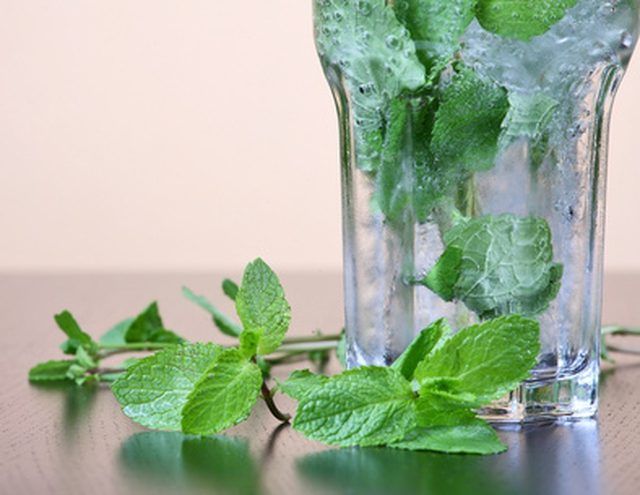Bulbs
Flower Basics
Flower Beds & Specialty Gardens
Flower Garden
Garden Furniture
Garden Gnomes
Garden Seeds
Garden Sheds
Garden Statues
Garden Tools & Supplies
Gardening Basics
Green & Organic
Groundcovers & Vines
Growing Annuals
Growing Basil
Growing Beans
Growing Berries
Growing Blueberries
Growing Cactus
Growing Corn
Growing Cotton
Growing Edibles
Growing Flowers
Growing Garlic
Growing Grapes
Growing Grass
Growing Herbs
Growing Jasmine
Growing Mint
Growing Mushrooms
Orchids
Growing Peanuts
Growing Perennials
Growing Plants
Growing Rosemary
Growing Roses
Growing Strawberries
Growing Sunflowers
Growing Thyme
Growing Tomatoes
Growing Tulips
Growing Vegetables
Herb Basics
Herb Garden
Indoor Growing
Landscaping Basics
Landscaping Patios
Landscaping Plants
Landscaping Shrubs
Landscaping Trees
Landscaping Walks & Pathways
Lawn Basics
Lawn Maintenance
Lawn Mowers
Lawn Ornaments
Lawn Planting
Lawn Tools
Outdoor Growing
Overall Landscape Planning
Pests, Weeds & Problems
Plant Basics
Rock Garden
Rose Garden
Shrubs
Soil
Specialty Gardens
Trees
Vegetable Garden
Yard Maintenance
How to Use Mint Plants
How to Use Mint Plants. Add easy-to-grow mint to your herb garden and enjoy this flavorful and versatile herb all season. There are several varieties of mint available to the home gardener, including both peppermint and spearmint. The aromatic leaves are rich in oils that lend the mint its signature flavor. Use mint fresh from the garden or...

Add easy-to-grow mint to your herb garden and enjoy this flavorful and versatile herb all season. There are several varieties of mint available to the home gardener, including both peppermint and spearmint. The aromatic leaves are rich in oils that lend the mint its signature flavor. Use mint fresh from the garden or preserve it for use in culinary treats. Harvest the leaves after the plant is 4 inches tall to allow the oils to fully develop. Leave some foliage in place so the mint can regrow for future harvests.
Things You'll Need
Shears
Twine
Airtight container
Knife
Ice cube tray
Freezer bag
Drying Mint
Cut two or more sprigs of mint leaves from the plant. Remove the sprigs from the outside of the plant, cutting them with small garden shears.
Gather the stems of the mint sprigs. Tie the stems together with a short length of twine.
Hang the bundle of mint upside down in a hot, shady location until the leaves are completely dry. A pantry or a covered porch in summer serve as good drying locations. Mint generally takes five to seven days to dry.
Place the dried leaves in an airtight container and store in a cool, dark cabinet. Use them to flavor soups, roasts and other cooked dishes, or use the leaves for making herbal teas.
Freezing Mint
Chop the fresh mint leaves finely with a sharp knife. Cut the mint into strips that are no more than 1 cm wide.
Fill the cells in an ice cube tray two-thirds full with the chopped mint. Add cold water to the tray until the cells are full.
Place the ice cube tray into the freezer. Freeze overnight or until the mint and water are completely frozen.
Remove the mint ice cubes from the tray. Place them in a sealable plastic bag and store them in the freezer until you are ready to use them. Add the mint ice cubes to soups, stews and sauces to add flavor.
Tips & Warnings
Different mint varieties lend differing flavors to dishes. Experiment to find your favorite use for each type of mint.
Do not store dried mint in hot or brightly lit areas. These conditions quickly cause the mint to lose both its color and flavor.